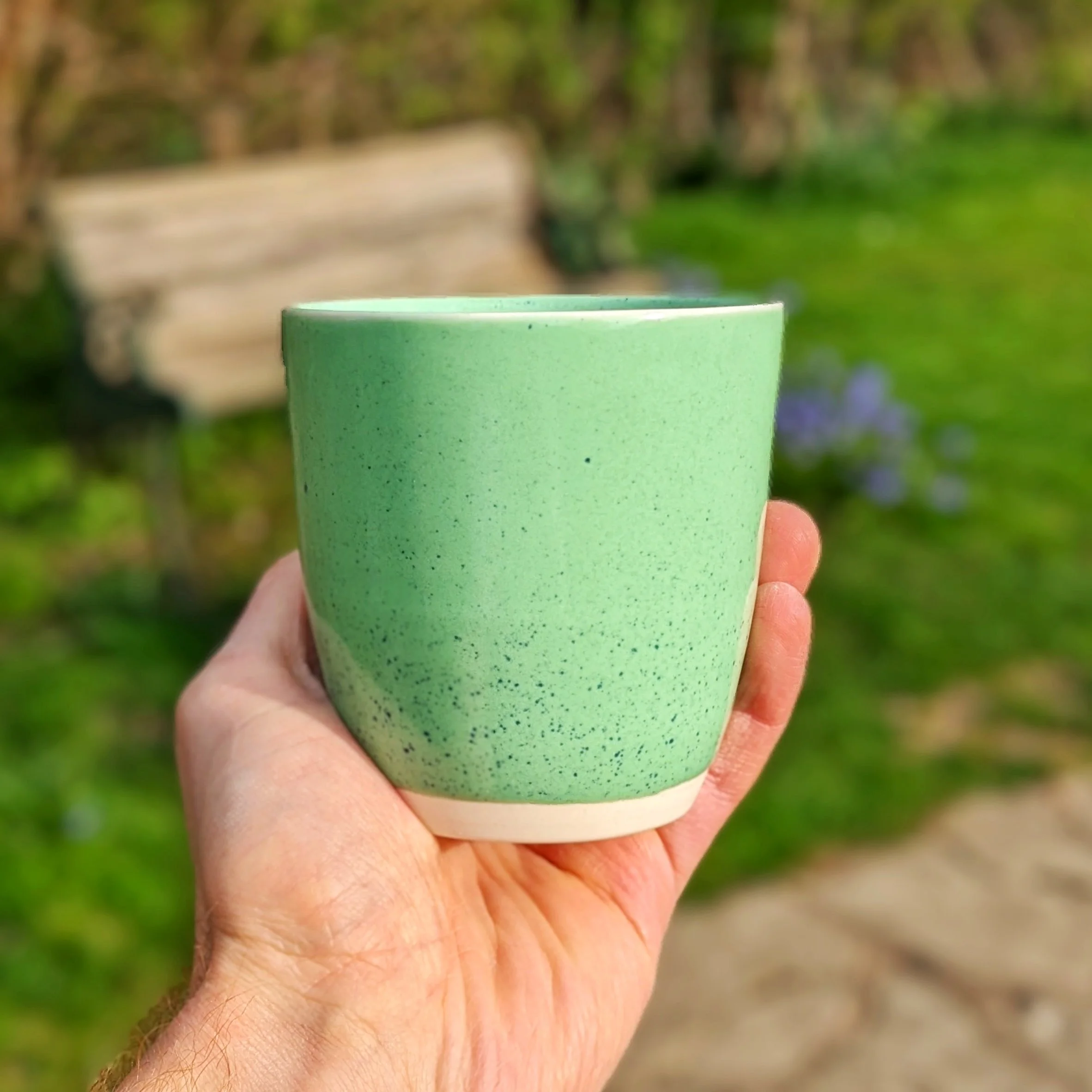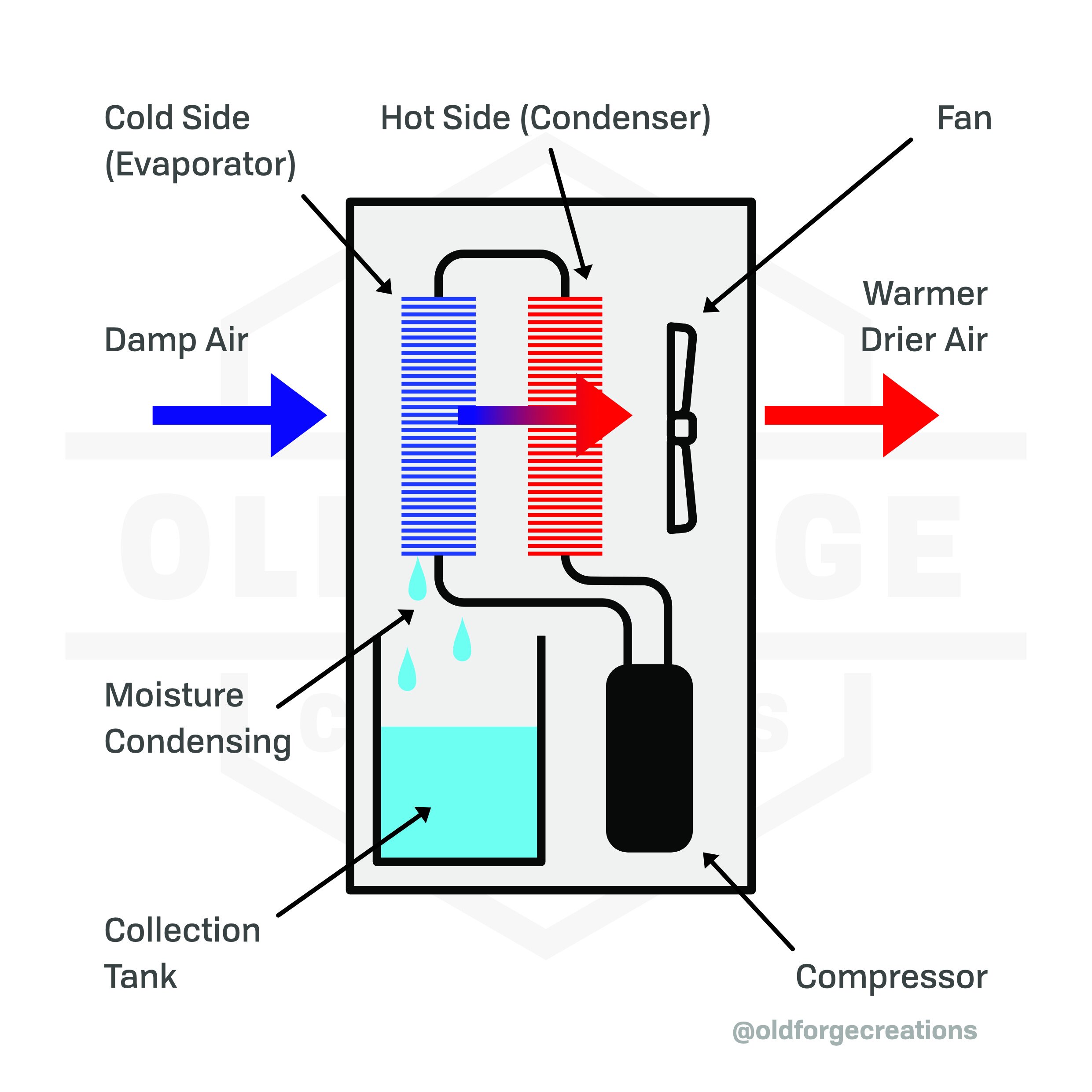I Now Have A Patreon
I’ve just set up a Patreon page for the educational side of the content I produce. This is something I’ve been considering for a while, but could never quite decide if it was the right option for me.
A Patreon page is a way to directly support a creator with a recurring (typically monthly, typically small) payment. They’re commonly used by educational content creators who have an engaged audience and who use the Patreon support to create better content rather than the type most likely to go viral.
I don’t fit into that category exactly, as I earn almost all my money from sales of my ceramic pieces (and to a lesser extent, my tools). The money I get from the educational videos on YouTube is laughably small (more on that in a bit) and there isn’t any good way to monetise the educational side of the Instagram content at all (Reel bonuses have yet to be made available in the UK).
So I currently make the educational content because I want to. It’s something I enjoy and, as someone self taught from free internet content, I know how useful it can be. There are ways that some aspects of what I write can be monetised (e.g. referral links), but in general it’s a loss in time and materials to produce.
There is a second issue as well. The educational content on Instagram and YouTube has a different audience than the satisfying type content I make from process videos. I can separate the types slightly on YouTube using playlists, but there is still a high probability of followers being shown the type they’re not interested in. This isn’t great for that follower, but their lack of interest will also feed into the algorithms that determine reach for that content, so it will be seen by fewer of the people who might be interested.
In theory, a Patreon should be a perfect home for the educational content. However, I’m not comfortable taking money upfront for content that I haven’t yet made. Up until now I have made the content only when I had something worth posting, and I’ve already covered a lot of the topics that seemed the most useful. I don’t want to commit to making new educational content consistently, take money on that basis, then be unable to meet that commitment to a standard I’m happy with.
So for quite a while, that was that. I couldn’t see how I could make a Patreon work for me.
Then Becca at 5linespottery suggested something that made me look at it differently, which was that the value in the Patreon wasn’t in any new content but having a single place to go to read the past and future content. Subscribing to the Patreon would support me in making new content, but it would also benefit the subscriber as they wouldn’t have to check multiple different locations and filter through the other content types.
This reframing made me reconsider it. So I’ve set up a Patreon on that basis. Its purpose is to collate the content I will be producing anyway, to put it in a single location and make it easier to search through. I have plenty of plans for directions I can go if/when the Patreon becomes a significant enough income source to divert time from making ceramics. One idea I like the most is reworking the infographic posts into printable posters that would be a free download for Patreon subscribers, as well as longer form Q&A videos, and just generally covering things in a level of detail that wouldn’t appeal to 99% of my followers but could be really useful to the few that want it.
For now, it’s a way to support me in making this type of content. If you can't afford to donate, or don't want to, subscribing to my Instagram, YouTube, and Mailing List is the cheapest way to stay up to date. If you can afford it and want to, I really appreciate it! It helps me justify the time making this type of content, and lets me know it's useful.
Link to Patreon
YouTube Revenues
This is an aside really, but this is something I think about from time to time and has no better home than this post. When I have a blog post and want to convert those thoughts into a YouTube video, I generally record myself throwing a batch of work and just talk while doing it. For example:
The decision was originally because I don’t want to record a video where I just talk to the camera, and this seemed like a good dual use of my time. I can’t quite talk and throw as well as I can do either separately, but it’s close enough that it works. But a recurring complaint about these videos is that the speech is harder to hear due to using the wheel at the same time (I have made basic efforts to improve this, but it’s been hard to fully resolve). I could record the video and audio separately, like Florian Gadsby does with his narrated videos, but that means taking that time out where all I’m doing is speaking.
The reason that isn’t a financially appealing option is that this video is one of the highest viewed of this type, and the adsense revenue is under £5. It’s more common for the adsense to be under £2 on this type of video, for half an hour’s narration and any editing time.
Only two of my videos have over £100 adsense, and they’re full process videos recorded over several weeks of making a mug from start to finish, with over a million views. There’s a very steep drop-off in revenue from there. The mugs themselves sell for £50, the effort of recording the full process generally isn’t worth as much as the mug and easily requires the same amount of time filming, editing, etc.
Again, I don’t mind. I do these videos because I want them to be helpful to people in the position I was in a few years prior, and I don’t mind that they’re financially not worth the effort. But the lack of return certainly does factor into my willingness to add extra time to the recording process. This time:quality balance is an ongoing consideration, and something that would be affected by something like a successful Patreon.









